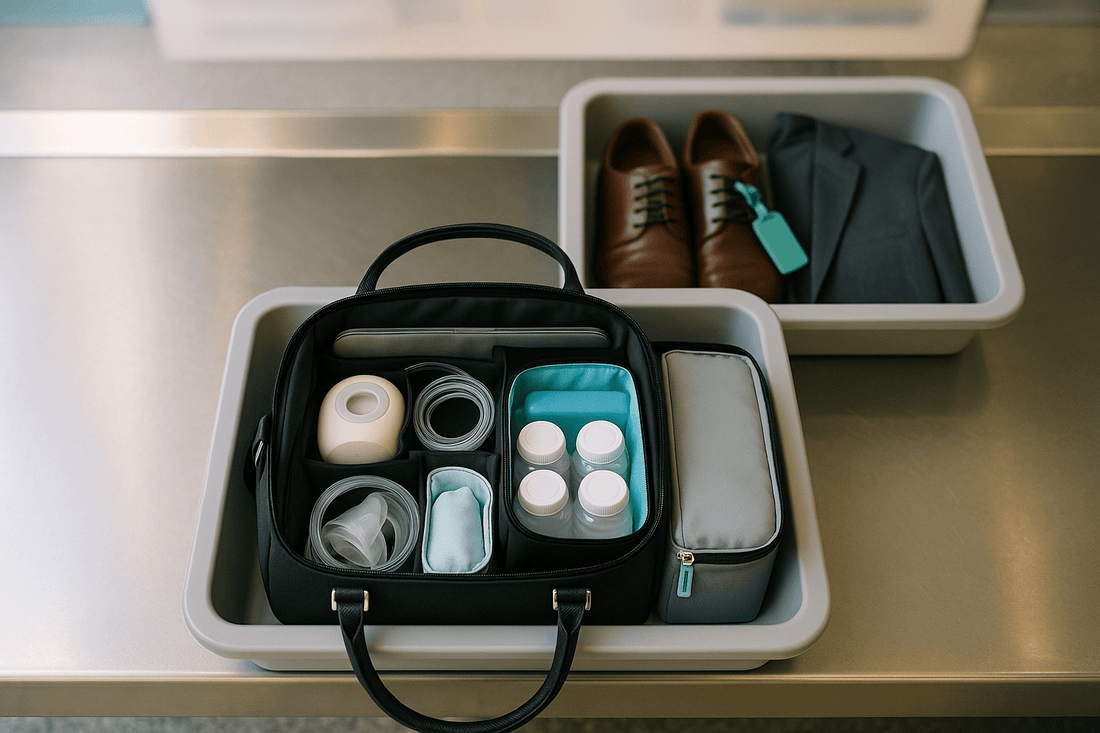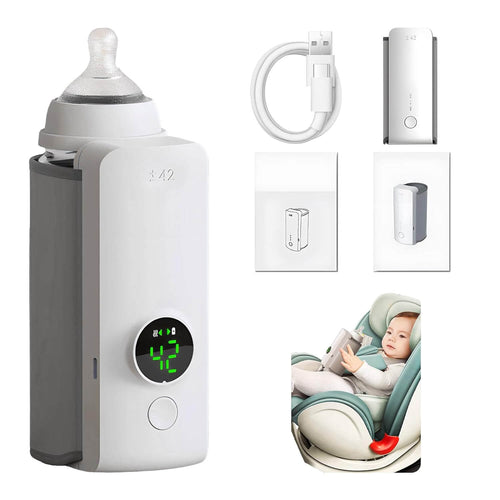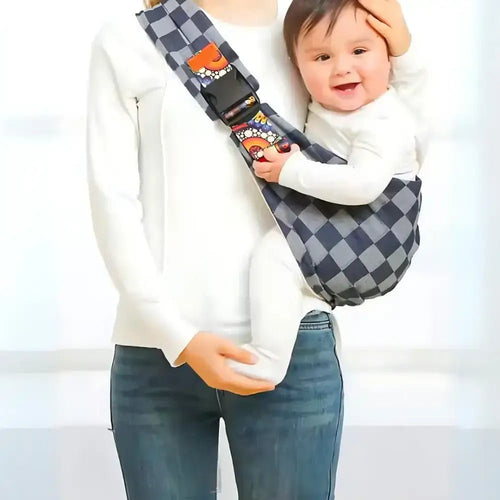
Breast Pump Bag Guide: Features, Fit & Travel Tips
Choose a pump bag that truly fits your routine—at work, on the go, and through airport security. This guide adds measurable fit checks (pump footprint, cooler volume), CDC-inspired cooling timelines, and TSA travel rules, plus a smart packing checklist and style comparisons to keep milk safe and your day organized.
How to check fit (fast)
- Pump footprint: Confirm the main compartment fits your pump body with flanges attached or space to store them safely. A snug elastic cradle reduces rattling.
- Cooler capacity: Look for room for 4–6 standard 5 oz bottles plus a frozen ice pack (rigid or gel). Taller bottles need extra height.
- Ice pack pocket: A dedicated sleeve keeps packs upright and reduces leaks when thawing.
- Wet/dry separation: A removable, wipe-clean wet bag prevents moisture and odors from spreading.
- Work tech: Padded laptop/tablet sleeve and cable passthrough for discreet desk pumping.
- Carry comfort: Weight under ~3 lb (empty), wide straps, and a breathable back panel for long commutes.
- Bottom & liner: Water-resistant base; wipe-clean, light-colored liner to spot spills quickly.
- Quick access: Quiet zippers, exterior bottle pocket, key leash, and ID slot for workplace fridges.
- Stroller & luggage: Stroller straps or a trolley-sleeve for airport rolling.
Bag types: backpack vs tote vs messenger
| Type | Best for | Pros | Watch-outs |
|---|---|---|---|
| Backpack | Hands-free commutes, stairs, public transit | Even weight; discreet; great for laptops | Depth can bury small parts—use pouches |
| Tote | Office settings & quick shoulder carry | Wide opening; easy packing | Single strap fatigue when fully loaded |
| Messenger | Bike/walk commutes; quick access | Front access while worn; slim profile | Cross-body pressure; check strap padding |
| Convertible | Mixed days (office → daycare → gym) | Switch carry mode; flexible layouts | Extra hardware adds weight |
Insulation & cooling (keep milk safe)
- Cooler rule of thumb: In an insulated cooler with frozen ice packs, expressed milk typically stays cold for up to 24 hours. Move it to a fridge/freezer at your destination.
- Pack smart: Chill bottles before packing; place the ice pack between bottles; fill voids with a clean cloth to reduce warm air.
- Open less, stay colder: Limit opening the cooler to keep temps stable.
- Storage refresher: Fresh milk—room ≤77°F (25°C) up to 4 hours; refrigerator up to 4 days; freezer ~6 months best (≤12 months acceptable). Thawed in fridge: use within 24 hours; never refreeze; avoid microwaving.
Workday workflow & discretion tips
- Quiet & quick: Choose silent zipper pulls and a bag that stands upright to set up faster.
- Part management: Use color-coded pouches: clean vs used. Add a compact drying mat.
- Odor control: Wipe liners; air out pockets after work; keep a spare wet bag.
- Fridge etiquette: Label bottles by name/time; use a small hard-sided cooler inside shared fridges.
- Comfort between sessions: If you use silver nursing cups, wear them between sessions and remove before pumping.
Travel-ready: TSA rules & airport tips

- Exempt from 3.4 oz: Breast milk in carry-ons is exempt from the standard liquid limit. Tell the officer you’re traveling with milk.
- Ice/gel packs allowed: Bring frozen ice packs or gel packs to keep milk cold; they may be screened separately.
- Separate bins: Place milk, ice packs, and pump parts in a separate bin for faster screening. Keep lids secure to prevent leaks.
- Printed policy helps: Saving a screenshot/printout of current TSA guidance can speed conversations if needed.
- Connect & store: On long layovers, ask lounges/family rooms about temporary refrigeration.
Packing checklist (copy & use)
- Pump body + power/USB
- Flanges & tubing (spare valves/membranes)
- Hands-free pumping bra
- 4–6 bottles + storage bags + labels/marker
- Ice/gel packs + compact insulated cooler
- Wipes + mini dish soap + foldable drying mat
- Wet bag (removable, leak-resistant)
- Water bottle + light snack
- Laptop/tablet + charger (if needed)
- Spare top or nursing pads
PUMP • POWER • FLANGES • TUBING • VALVES • BRA • 4–6 BOTTLES • BAGS • ICE PACKS • COOLER • WIPES • SOAP • DRY MAT • WET BAG • LABELS • WATER • SNACK • LAPTOP • CHARGER • SPARE TOP
Care & cleaning for your bag
- Daily: Wipe interior with a mild, fragrance-free cleaner; air-dry fully with pockets open.
- Weekly: Remove crumbs/debris; check seams; wash wet bag per instructions.
- Spills: Blot—don’t rub. For sour-milk odors, a diluted white-vinegar wipe can help (spot-test first).
- Storage: Keep the bag dry, unzipped, and out of direct sun when not in use.
FAQ
Can I just use a regular tote?
Yes—if it fits your pump and you add an insulated cooler. A dedicated pump bag adds wipe-clean liners, wet/dry separation, and better bottle management.
How many bottles should my bag hold?
Most working parents prefer space for 4–6 bottles plus an ice pack. If you pump more often, choose a larger cooler pocket.
Can I fly with breast milk and ice packs?
Yes. Breast milk is exempt from the 3.4 oz liquid rule, and ice/gel packs are allowed as needed for cooling. Expect separate screening.
Does an insulated pocket replace a separate cooler?
It helps, but for all-day travel, a dedicated insulated cooler with frozen packs keeps milk colder for longer (up to ~24 hours).


